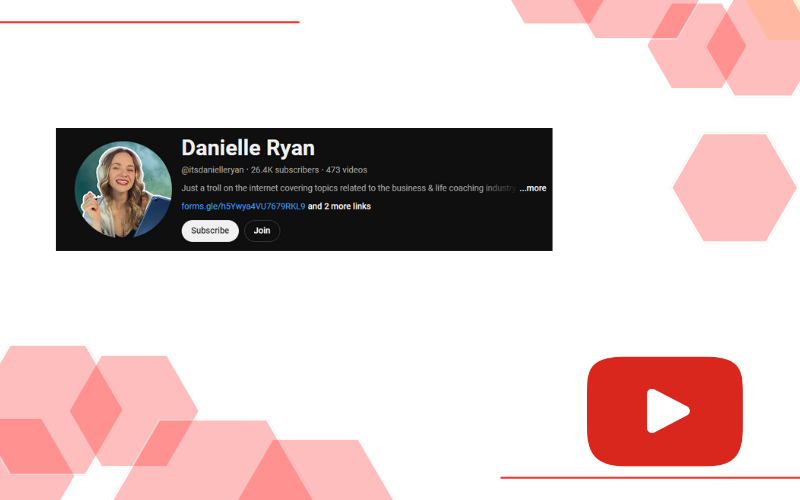Unlocking the YouTube Goldmine: A Small Creator’s Journey to Monetization. By
Danielle Ryan
For many aspiring content creators, the dream of making money on YouTube can seem out of reach, especially with a modest subscriber count. However, Danielle’s experience proves that with the right strategy, even smaller channels can start generating revenue. Her journey as a monetized YouTube creator with only 1,500 subscribers offers valuable insights into the financial aspects of YouTube, from CPM and RPM to niche selection and content strategy.
Monetization Basics and Initial Earnings
Danielle’s channel became eligible for the YouTube Partner Program after she met the basic requirements: 1,000 subscribers and 4,000 watch hours within the last 12 months. Contrary to her expectations of earning just a few dollars in her first month, Danielle was pleasantly surprised to see her earnings surpass $155 CAD in her first 30 days. This figure may seem modest, but it’s a significant achievement for a channel of her size.
Understanding CPM and RPM
CPM (Cost Per Mille) and RPM (Revenue Per Mille) are crucial metrics that determine how much money a creator can earn from ads. CPM refers to the amount advertisers pay for 1,000 ad impressions, while RPM reflects the actual earnings a creator receives per 1,000 views, after YouTube takes its cut. Danielle’s experience highlights the variability of these rates, with her CPM fluctuating between $6.50 and $60, depending on the content. This variability underscores the importance of content type and viewer engagement in maximizing ad revenue.
Niche Focus and Content Strategy
Danielle’s success wasn’t just a result of hitting the minimum requirements; it was also about understanding her audience and refining her content. Initially focused on business content, she noticed a significant increase in engagement when she began creating anti-scam commentary. This shift not only boosted her subscriber count but also increased her watch hours, which were crucial for monetization. By doubling down on this niche, she was able to create content that resonated with her audience, ultimately leading to higher earnings.
Revenue Streams Beyond AdSense
While AdSense is a primary source of income for many creators, Danielle’s earnings were diversified through other revenue streams available via the YouTube Partner Program. These include fan funding through Super Chats and Super Thanks, as well as revenue from YouTube Premium subscribers. In her first month, 57% of her earnings came from ad revenue, 27% from fan funding, and 15% from YouTube Premium.
The Power of Community and Engagement
Danielle also emphasizes the importance of viewer engagement. Simple actions like liking, commenting, and sharing videos can significantly impact a creator’s revenue by boosting the video’s visibility on the platform. Additionally, community support through direct donations, such as buying a coffee via Ko-fi, can provide creators with a higher percentage of earnings compared to YouTube’s revenue-sharing model.
Danielle’s story is a testament to the potential of even small YouTube channels to generate income. By strategically focusing on high-performing content, engaging with her audience, and understanding the financial mechanics of the platform, she was able to surpass her initial expectations and lay a solid foundation for future growth.




Pingback: Joshua Mayo - Making $613,960 My First Year On YouTube - Glaz Home
Pingback: How Much YouTube Paid Me After 1,000 Subscribers (Realistic Results) by Mark on Business - Glaz Home